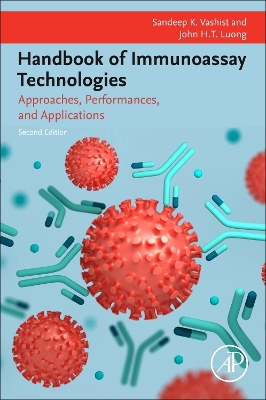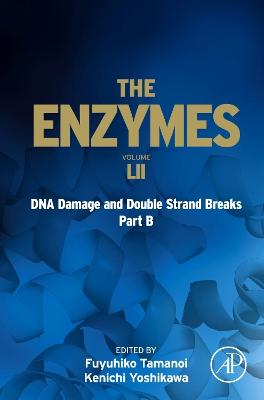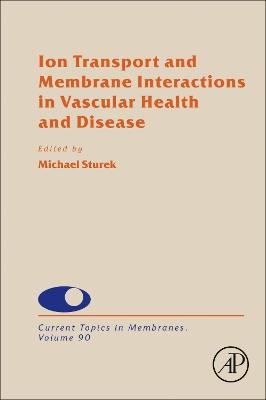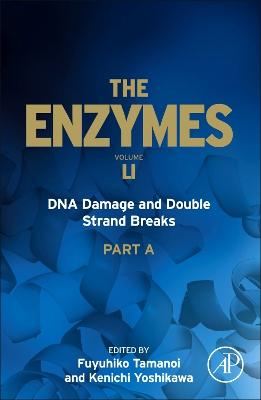Atomic Force Microscopy for Nanoscale Biophysics
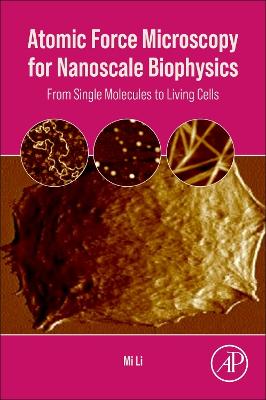 -10%
portes grátis
-10%
portes grátis
Atomic Force Microscopy for Nanoscale Biophysics
From Single Molecules to Living Cells
Li, Mi
Elsevier Science & Technology
02/2023
336
Mole
Inglês
9780323953603
15 a 20 dias
Descrição não disponível.
1. Fundamentals and methods of AFM for biophysics
2. Imaging and force detection of DNA by AFM
3. High-resolution imaging and force spectroscopy of membrane proteins by AFM
4. Characterizing the nanostructures and properties of hydrogels by AFM
5. Detecting the behaviours of single virus by AFM
6. Nanoscale imaging and force probing of single microbial cells by AFM
7. Investigating the structures and mechanics of single animal cells by AFM
8. Combining AFM with complementary techniques: Hybrid AFM for biophysics
9. Conclusion and future perspectives
2. Imaging and force detection of DNA by AFM
3. High-resolution imaging and force spectroscopy of membrane proteins by AFM
4. Characterizing the nanostructures and properties of hydrogels by AFM
5. Detecting the behaviours of single virus by AFM
6. Nanoscale imaging and force probing of single microbial cells by AFM
7. Investigating the structures and mechanics of single animal cells by AFM
8. Combining AFM with complementary techniques: Hybrid AFM for biophysics
9. Conclusion and future perspectives
Este título pertence ao(s) assunto(s) indicados(s). Para ver outros títulos clique no assunto desejado.
AFM force spectroscopy; Adherent animal cell; Atomic force microscopy; Atomic force microscopy (AFM); Basement membrane; Biomedical application; Biophysics; Capsid disassembly; Carnivorous plant hydrogel; Conformational dynamics; DNA conformational dynamics; DNA mechanics; DNA molecules; DNA origami; Decellularized ECM; Exosome isolation; Extracellular matrix (ECM); Extracellular vesicle; Fine structures; Fluidic environment; Fluidic force microscopy (FluidFM); Future perspective; Gram-negative bacteria; Gram-positive bacteria; Gum Arabic; High-speed AFM; Lymphoma; Mechanical properties; Mechanobiology; Micro-/nanotopography; Microbial adhesion; Microbial cell; Micropipette; Multiparametric AFM imaging; Nanogranular surface; Nanoindentation; Nanomechanical sensor; Nanostructure; Native exosomes; Peptide-assembled hydrogel; Persistence length; Plasma membrane patch; Poly-L-lysine; Primary cell; Scanning near-field ultrasound holography (SNFUH); Single membrane protein; Single-cell force spectroscopy; Single-molecule force spectroscopy; Single-virus force spectroscopy; Single-virus imaging; Sodium alginate; Supercoiling structure imaging; Suspended animal cell; TREC mode AFM; Topographical imaging; Topographical imaging mode; Unfolding mechanics; Viral mechanics; Viral self-assembly; Virus-cell interaction; Yeast
1. Fundamentals and methods of AFM for biophysics
2. Imaging and force detection of DNA by AFM
3. High-resolution imaging and force spectroscopy of membrane proteins by AFM
4. Characterizing the nanostructures and properties of hydrogels by AFM
5. Detecting the behaviours of single virus by AFM
6. Nanoscale imaging and force probing of single microbial cells by AFM
7. Investigating the structures and mechanics of single animal cells by AFM
8. Combining AFM with complementary techniques: Hybrid AFM for biophysics
9. Conclusion and future perspectives
2. Imaging and force detection of DNA by AFM
3. High-resolution imaging and force spectroscopy of membrane proteins by AFM
4. Characterizing the nanostructures and properties of hydrogels by AFM
5. Detecting the behaviours of single virus by AFM
6. Nanoscale imaging and force probing of single microbial cells by AFM
7. Investigating the structures and mechanics of single animal cells by AFM
8. Combining AFM with complementary techniques: Hybrid AFM for biophysics
9. Conclusion and future perspectives
Este título pertence ao(s) assunto(s) indicados(s). Para ver outros títulos clique no assunto desejado.
AFM force spectroscopy; Adherent animal cell; Atomic force microscopy; Atomic force microscopy (AFM); Basement membrane; Biomedical application; Biophysics; Capsid disassembly; Carnivorous plant hydrogel; Conformational dynamics; DNA conformational dynamics; DNA mechanics; DNA molecules; DNA origami; Decellularized ECM; Exosome isolation; Extracellular matrix (ECM); Extracellular vesicle; Fine structures; Fluidic environment; Fluidic force microscopy (FluidFM); Future perspective; Gram-negative bacteria; Gram-positive bacteria; Gum Arabic; High-speed AFM; Lymphoma; Mechanical properties; Mechanobiology; Micro-/nanotopography; Microbial adhesion; Microbial cell; Micropipette; Multiparametric AFM imaging; Nanogranular surface; Nanoindentation; Nanomechanical sensor; Nanostructure; Native exosomes; Peptide-assembled hydrogel; Persistence length; Plasma membrane patch; Poly-L-lysine; Primary cell; Scanning near-field ultrasound holography (SNFUH); Single membrane protein; Single-cell force spectroscopy; Single-molecule force spectroscopy; Single-virus force spectroscopy; Single-virus imaging; Sodium alginate; Supercoiling structure imaging; Suspended animal cell; TREC mode AFM; Topographical imaging; Topographical imaging mode; Unfolding mechanics; Viral mechanics; Viral self-assembly; Virus-cell interaction; Yeast

